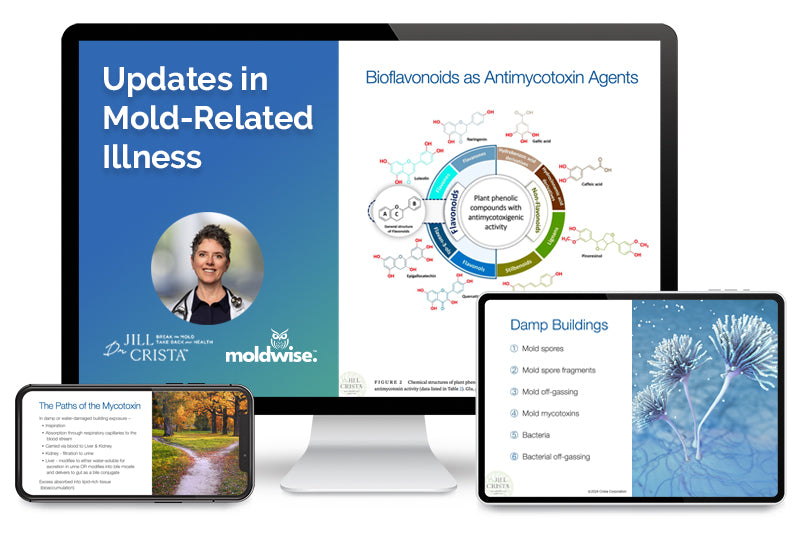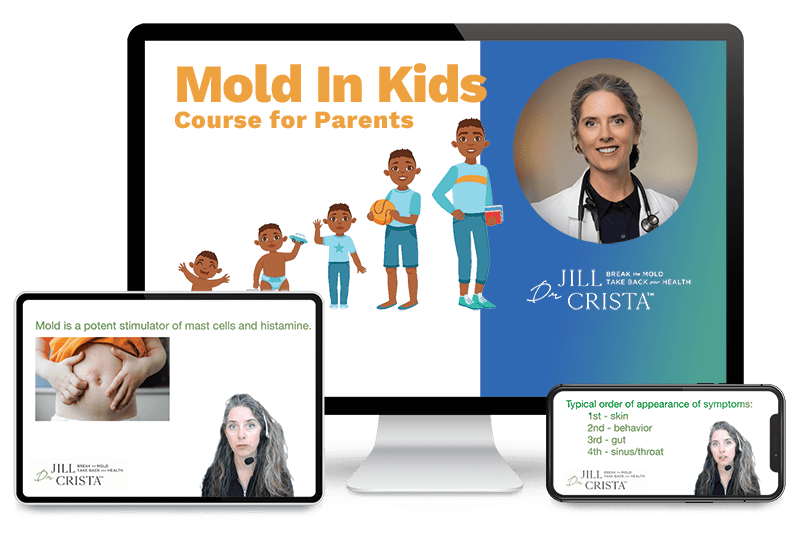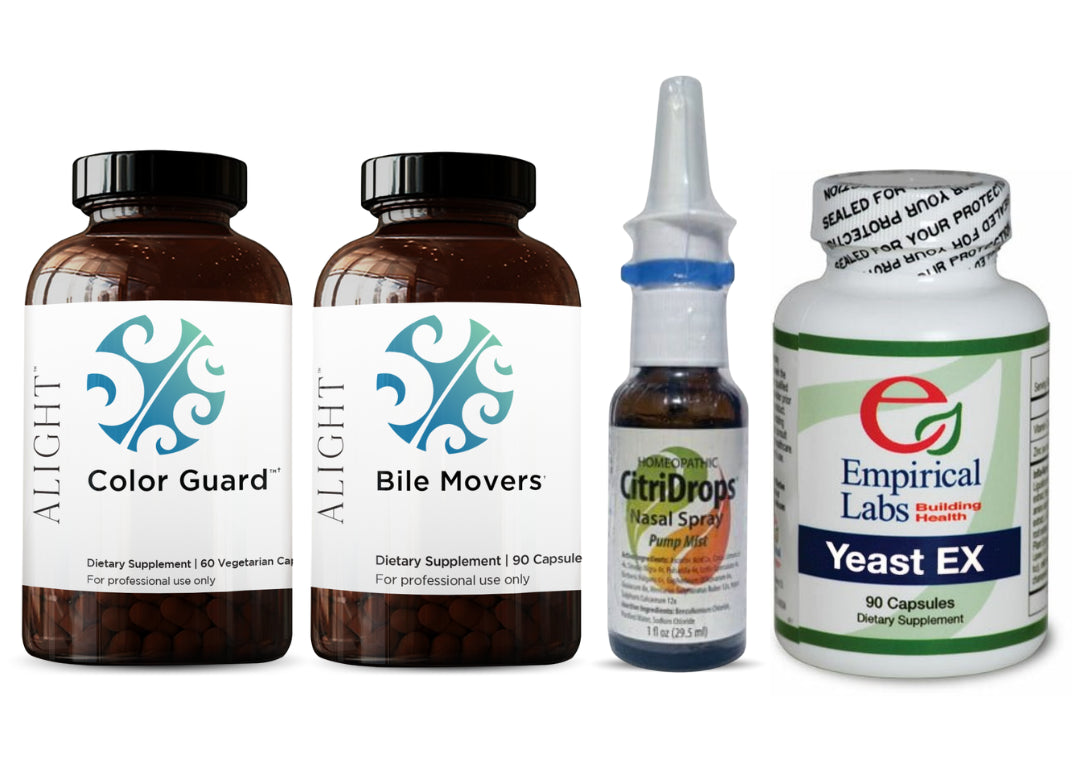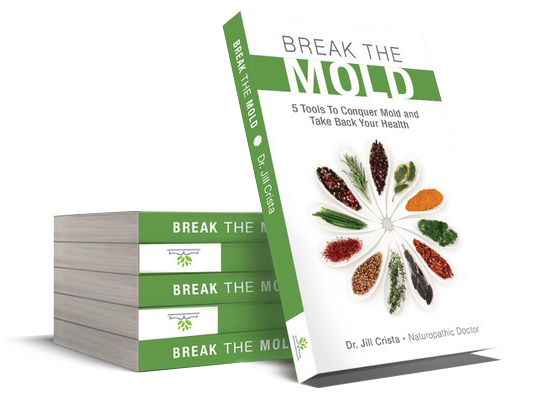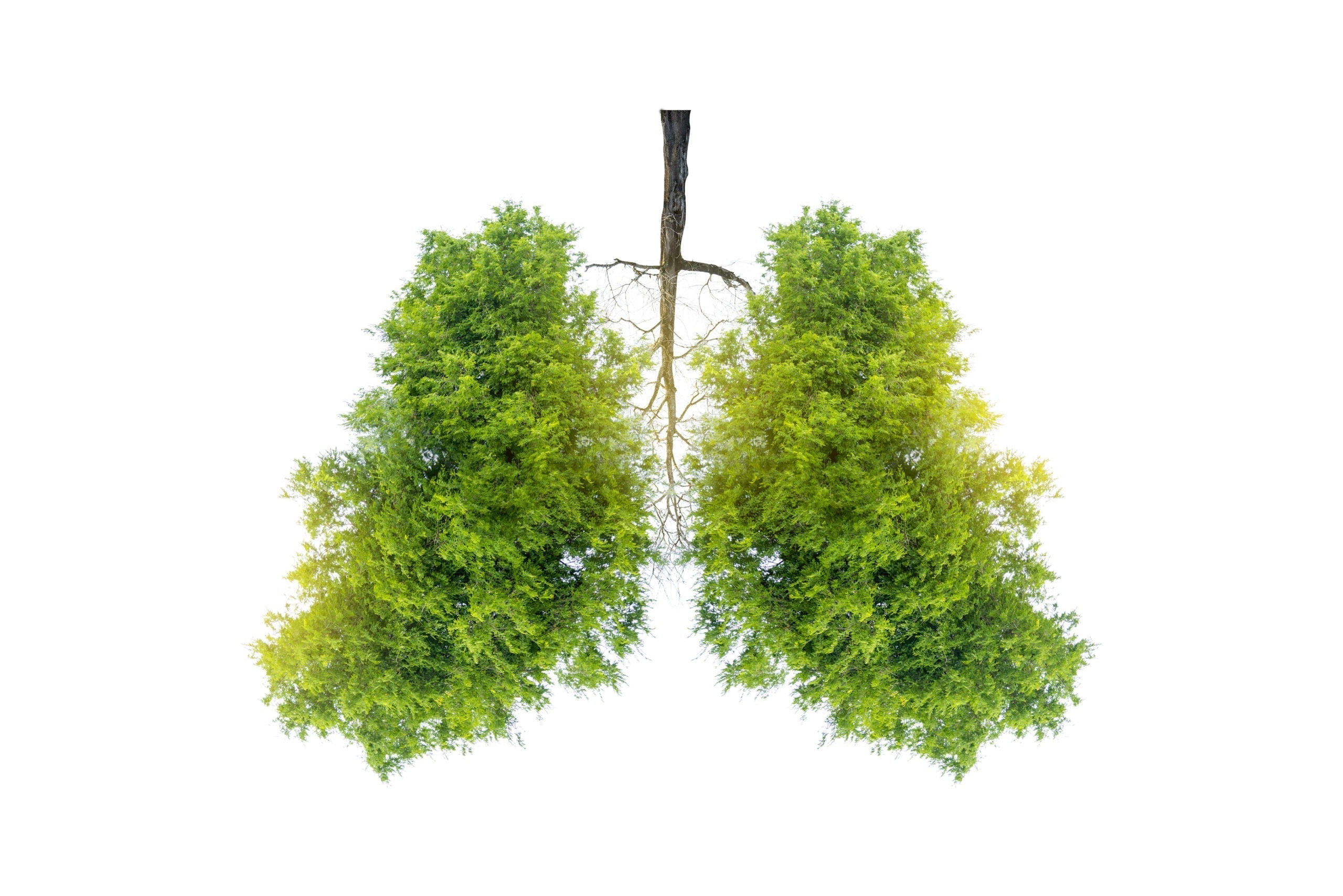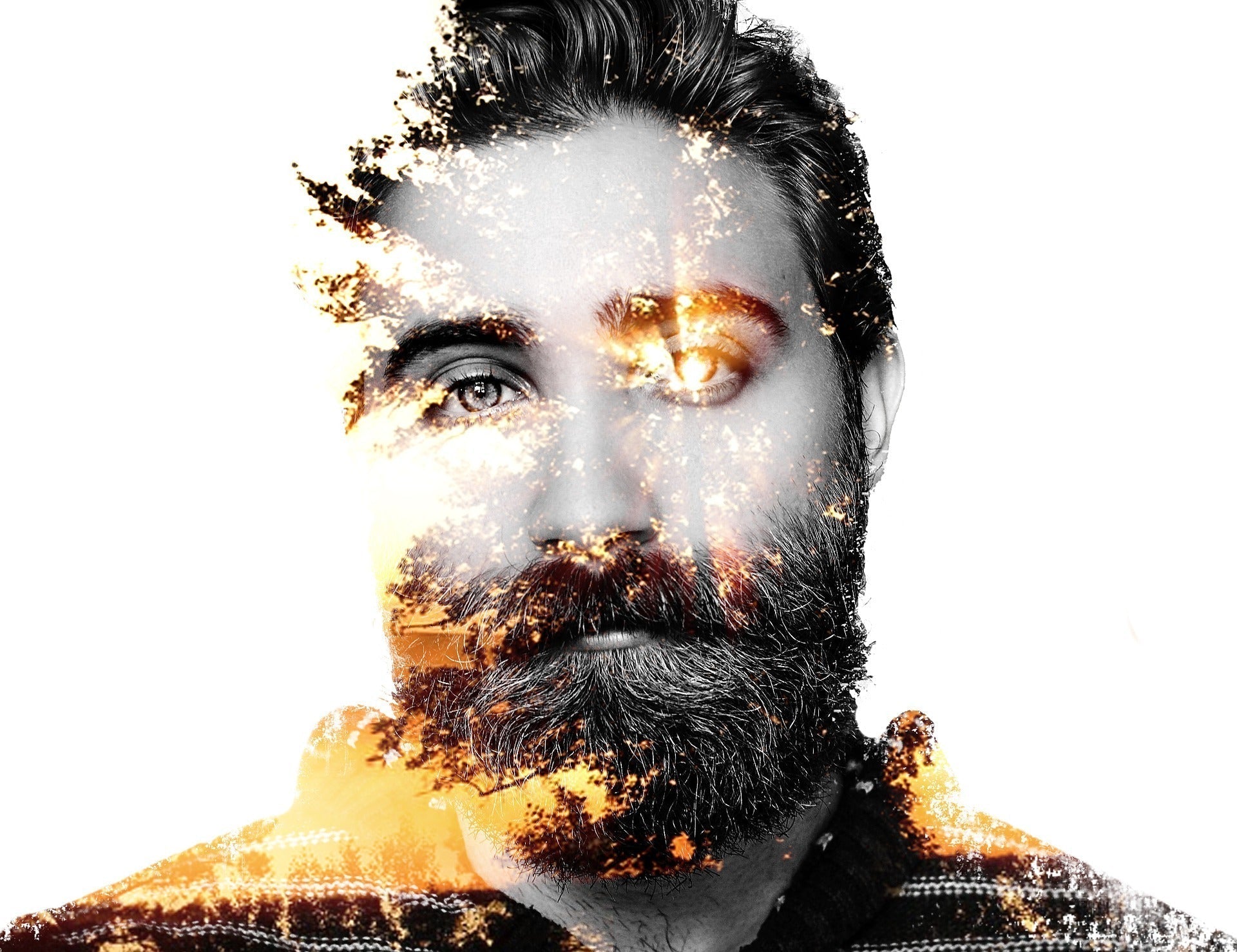Why is mold bad? It’s natural! If you’re confused by this, join the club!
As a naturopathic doctor, I cherish nature and her many gifts. I had a hard time understanding why indoor mold was any different than outdoor mold…both are gifts of nature.🍂
Until I understood that when mold is indoors, it’s without all the other forces of nature that remind it of its job – turning dead stuff into nutrients for the forest to munch on. 🐌🐞🐛
Inside, there’s no:
🌬 wind
☀️ sun
🍄 interconnected fungal network (🙏🏻 Paul Stamets)
🦌 or things that drink water
So what does indoor mold do? Drinks all the water, keeps the nutrients for itself, and makes poisonous toxins to defend its territory – not very natural behavior.
And then when you’re exposed to indoor mold, you can start to react to the “good guy” outdoor mold, even in small amounts.
Outdoor mold = balanced part of nature
Indoor mold = bad news!
If you keep running into mold, you might be on the same coherence. Check out Dr. Jill’s guided visualization that we have nicknamed, “breaking up with mold”. It’s our gift to you at no cost. It’s called Clarity Pep Talk and can be found here. You only need to “buy” it for zero bucks.
Good luck breaking up with mold!
TRANSCRIPT:
Why is mold bad? It’s natural, right?
Mold isn’t bad out here. It’s a bad actor indoors. Out here it has all these other forces of nature that help keep it in its rightful place in nature – which is the decomposer and sharer of nutrients.
Out here we have wind, sunshine, running water when it rains (which creates this kind of pretty running water.) There’s also the mycelial network underneath the soil that Paul Stamets talks about. There’s all these other forces of nature. There are other microbes. And then once the nutrients are made, that gets shared with all of nature and the mold doesn’t keep it itself.
When it’s inside you’ve pretty much got none of that. And then the mold starts to act in an ungrounded place because it doesn’t know its place in nature. It gets to eat all the nutrients, keep it for itself, make mycotoxins to defend itself from other things that want to come into its environment. It starts to act a little selfish, and that’s dangerous for your health. So you break the indoor mold to take back your health.
This content is health information and not intended as personal medical advice. Viewing will not establish a doctor-patient relationship. It is not intended to diagnose, treat, cure or prevent any disease or medical condition. The information discussed is not intended to replace the advice of your healthcare provider. Reliance on information provided by Dr. Jill Crista, employees, or others appearing at the invitation of Dr. Crista is solely at your own risk.

